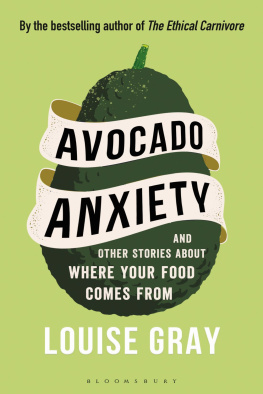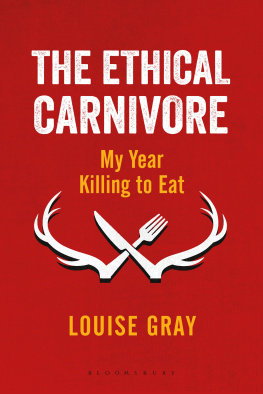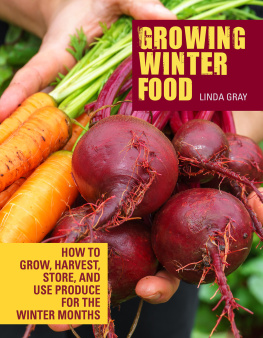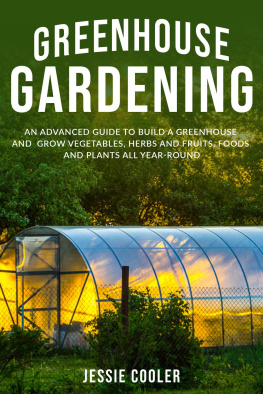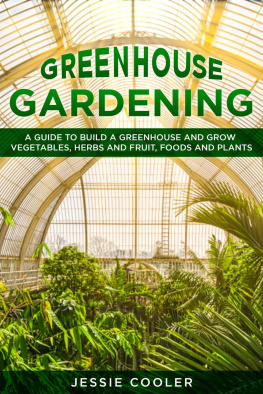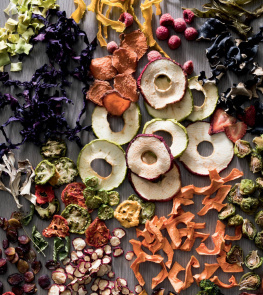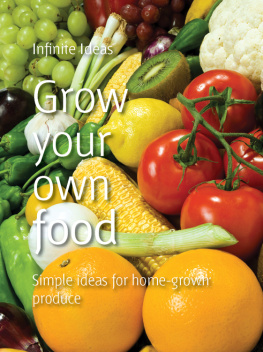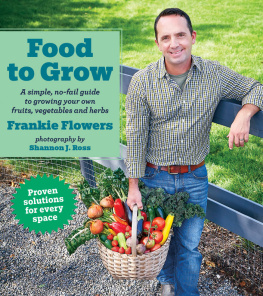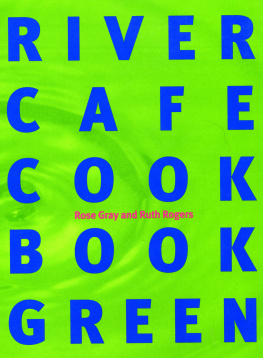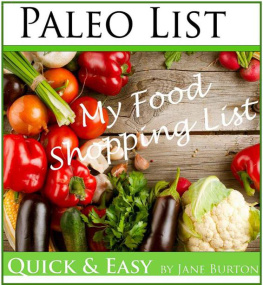

For my grandmother, Beatrice Flockhart (ne Rankin), the daughter of a greengrocer

Contents
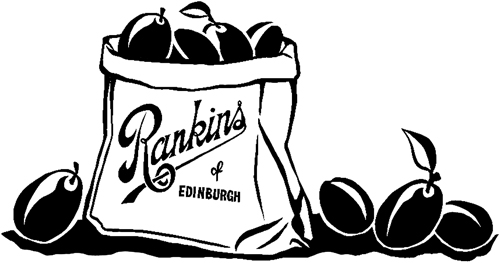
PROLOGUE
Roots
Food is not an end in itself but a way of opening up the world.
Angela Carter
The toddler screaming in the supermarket aisle is a familiar trope. But what if it is the mother, not the child, who is crying? She cannot throw herself on the floor and wail, much as she would like to. She must keep on walking, swallowing her tears. When I was weaning my daughter, I found myself, cheeks burning, having to speedwalk down the baby-food aisle before anyone noticed my eyes welling up. During those confusing first few months of motherhood, I had developed a nervous tick of twisting my hands around the rubber buggy handle until I could feel my palms burn. It was not that I was unhappy, but I was anxious. Here I was, with this perfect baby the love of my life and yet nothing I did ever seemed good enough.
The baby-food aisle with its colourful display seemed like a massive accusation. A voice in my head was shouting: What are you doing here? Proper mothers cook for their children. They put purees in special little ice-cube trays. Its simple why arent you doing that? Look at all this plastic. Do you really want to add more of this to the oceans? Oh, hang on, its all organic. Was that banana you fed her this morning organic? I bet it wasnt.
As so often in early motherhood, I felt overwhelmed and vulnerable and a little bit angry with myself for being either of those things. I had done nothing wrong. I had simply gone to the shops, tired and hungry, to buy some dinner for my child. Yet it is not just new mothers who want to lie down and bang their fists on the floor; shopping in a modern supermarket can feel stressful for anyone, even someone who has written books and articles about food: Is that meat really high welfare? Shouldnt you be checking an app to see if that fish is from a sustainable source? Did you know almond milk uses up loads of water?
In the end, I bought my daughter a pouch of some apple and parsnip puree, which she promptly vomited up. But it had not been an entirely wasted journey. Somewhere in my new sleep-deprived, hormonally charged mind, a seed of an idea was beginning to grow Why shouldnt I know where the food my daughter is eating comes from? My partner and I had already decided to try to limit the amount of meat we would feed her as that felt like one of the easiest ways to reduce our carbon footprint. But what about the rest? In particular, what about all the fruits and vegetables in the fresh produce section? The pears and parsnips, apples and avocados that end up in infant food? My Instagram feed was full of these clean foods and the beautiful people who claim eating plenty of avocados makes you glow. But what about the water used to grow these crops, the carbon footprint of flying them halfway across the world and all the packaging to make them ripen perfectly in your fruit bowl?
As I emerged from the supermarket, pushing my buggy into the fresh winter sunshine, I felt a prickle of the old me return the nosy, persistent journalist. Who says a carrot is clean? What a preposterous notion! And actually, if I stopped being jealous of their glowing complexions for a moment and asked them, Im pretty sure the beautiful people on Instagram would like to know whether their superfood smoothies actually are that super? I decided I wanted to know exactly where the fruits and vegetables I would be feeding my baby over the next few months came from. And I knew just who to ask: Grandma.
My grandmother is the scion of a famous Edinburgh greengrocer, Rankins. She grew up hearing the rustle of brown-paper bags, smelling the fresh strawberries every June and eating bananas before anyone else in the street. Speaking to her, I get a sense of the colour and smells that made buying fruits and vegetables a more sensory experience than todays sterile supermarket aisles.
Born in 1926, Beatrice Flockhart, ne Rankin, grew up during what many people would see as the salad days of the UKs fresh fruit and vegetable trade. Rankins, set up by her father Willie Locke Rankin and his siblings in 1912, started as a barrow on St Patricks Square. Willie, the son of a potter, had no background in the trade, but he was canny, and he liked to take risks. The family legend I am always told is that he raised the funds to set up the business by gambling on the boat back from serving in Greece during the First World War. I have since been given a more feminist interpretation, which is that Rankins only survived because his spinster sister, Mary or Aunty May, as she was always known insisted it become a limited company in the 1920s to stop the boys from gambling away the profits. Whatever the truth, the business thrived. Digging around in the National Library of Scotland, I find a reference to Rankins Fruit Market in the Scotsman as early as 1924, looking for a smart girl to work in the first shop. There is a further reference to Rankins alongside a map of the Established Trade Routes of the Port of Leith in the 1930s. Without the threat of German U-boats to worry about, and with refrigeration newly installed on ships, imports were coming in from across the Atlantic to the UK and snaking through the islands of Denmark from the great ports of the Baltic Sea like the roots of a tree. Rankins could sell bananas from the Caribbean, plums from Poland and oranges from Spain. By 1935 the business had royal approval: Purveyors of fruit and vegetables to His Majesty the King, an honour that meant sending the finest white peaches down to Holyrood Palace rather than the more common yellow varieties. (Apparently, royal tastes have not changed too much; Prince Philip always insisted on white peaches.) Later that year, there was an advert for Macintosh Red apples from Canada at the Edinburgh Picture House, given out for free as you went into the talkie, another sign of modernity. By the end of the decade, Willie was so successful he had not only bought a racehorse but won the Gold Cup at Musselburgh. Aunty May might have disapproved, but now she had a chauffeur and was getting her hair done on Princes Street.
Fruit and vegetables were more glamorous back then. Grandma remembers the interwar years not as grey and depressing but as a time that saw the arrival of red Mac apples from Canada, the lemons from Sicily, the tomatoes from Lanarkshire, the potatoes from Jersey, the pimiento peppers ordered by the new wave of immigrants from Italy, the pomegranates in paper, mandarins in silver foil and Fyffes brand bananas galore. Even the paper bags printed with Rankins of Edinburgh Branches Throughout the City in a distinctive 1930s script look classy.
Rankins survived the Second World War, thanks again to Aunty May and the other women who must have stepped into the mens jobs. Fruit and vegetables were not rationed, but supply became restricted, and consumers were encouraged to Dig for Victory and grow their own.
Post-war, when the ships started coming back into port and refrigeration improved further, the business thrived. Rankins became an Edinburgh institution, with warehouses in the fruit market at Waverley Station, offices at the docks and more than 20 greengrocers Throughout the City. The archives from this period start to show photographs of the interiors of the shops. To the modern viewer, it looks more like a department store than a greengrocer. A photograph of the flagship Rankins in the West End of Edinburgh shows a linoleum terrazzo-style floor, colourful tins stacked on the shelves and well-heeled ladies waiting to be served bunches of grapes for two shillings and sixpence. Self-service and selling fruit and veg pre-packaged rather than loose did not come in until the 1970s. Customers would queue at the counter before ordering a fourpit o tatties, a hand of bananas or a couple of polished apples from one of the serving girls, then take their till tape to the cash kiosk to pay.
Next page
